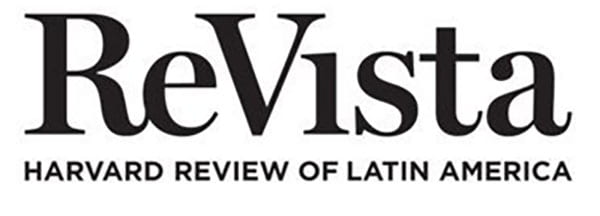Editor’s Letter: Inequality
In celebration of the 30th anniversary of the David Rockefeller Center for Latin American Studies at Harvard (DRCLAS), ReVista is focusing on inequality. Latin America and the Caribbean are more prosperous than 30 years ago, with 44% of its countries classified as high-income, up from 9% in 1987. However, it remains the world’s most unequal region.
We’ve asked the three former DRCLAS faculty directors to reflect on inequality from their special disciplines and perspectives. John H. Coatsworth (with Amilcar Challu), Merilee S. Grindle and Brian Farrell are featured in this anniversary issue.
Other Harvard faculty members and experts from Latin America weigh in on the theme of inequality. Since our beginning (ReVista, the Harvard Review of Latin America, formerly DRCLAS NEWS, started three years after DRCLAS), we’ve featured vivid photography from around the region by professionals and non-professionals alike.
We asked Andrés Longhi, the executive director of a Peruvian photo collective, if he could coordinate a photo context for images depicting inequality in that country. It was harder than we thought. Poverty is unfortunately easy to depict. Contrasts are not. Throughout this issue, you will witness Peruvians’ own visual depictions of inequality.
Finally, we could not have created this issue of ReVista without the collaboration of Sergio Silva Castaneda, a ReVista author from Mexico who got his doctorate from Harvard 2009, and Lorena Rodas, student coordinator in the DRCLAS Mexico office, who was an untiring and enthusiastic colleague throughout the process of putting together this anniversary issue. Gracias!

Spring 2025, Volume XXIV, Number 3
Related Articles
Editor’s Letter: Technology
In celebration of the 30th anniversary of the David Rockefeller Center for Latin American Studies at Harvard (DRCLAS), ReVista is focusing on inequality.
The History of Inequality
For the last few decades, a strong consensus has held that Latin America is not only the most economically unequal region in the world, but also one where inequality has become structurally entrenched. Even in countries where income levels are relatively high by global standards, a small elite continues to control a disproportionate share of national wealth. This consensus reflects a broader shift in the development community and public arenas.
Waxing and Waning: Institutional Rhythms of Inequality
Zelia Maria Magdalena Nuttall was famous in her time, well-known as an archaeologist, an Americanist, an antiquarian, an ethnologist, a folklorist and “a lady scientist”; she was a woman “making it” in a man’s world from the 1880s to the 1930s. Deeply engaged in research about ancient civilizations in Mexico, she led a remarkable life as a pioneer in the evolution of anthropology as a field of study.



